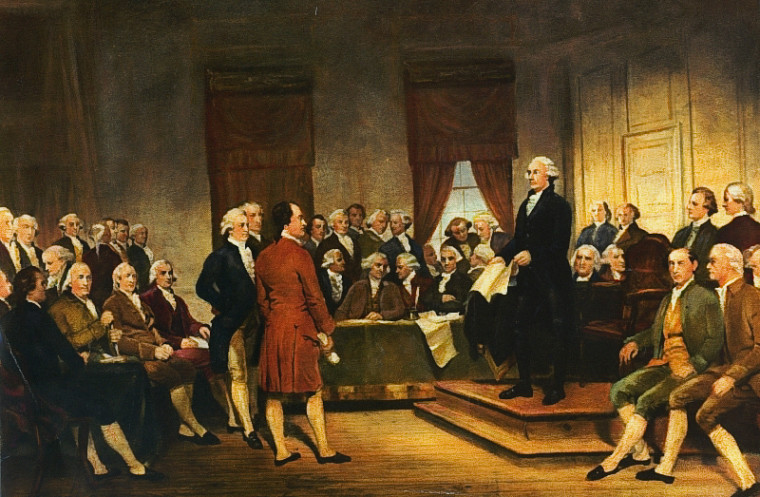I once joked in class that I was a one trick pony when teaching so I hope they like discussions because that’s all we were going to be doing. I believe in the power of discussions particularly when teaching graduate students. Since the days of Socrates, the value of teaching using probing questions has served to help students learn and develop critical thinking skills. In today’s post, I will detail the five advantages of teaching with discussions.

There are many different types of discussions. From whole class discussions to small group ones, discussions present many advantages when teaching. Specifically, I believe there are five advantages that make discussions a valued approach for teaching college students.
1. Explore different perspectives. Discussions enable students to consider various viewpoints on a topic. As classmates directly share their opinions, thoughts, and questions about course content, students learn from others. Students bring a host of different characteristics to class that inform how they understand and make sense of a topic. The use of discussions brings these experiences to the forefront more effectively than nearly any other teaching approach.
2. Students assume a sense of ownership of class and learning. One of the best advantages that I’ve found with discussions is that students become responsible for the class and their own learning. At times, I have had classes struggle with the idea of discussions. I once taught an undergraduate class that I could not get to talk about the topic for the day. For four or five weeks, I was constantly pulling teeth to get them to talk. I finally said that I was going to sit there until someone said something (and I reminded them there were no wrong answers). I asked a question and sat down. For about 30 seconds, we all sat in silence. Then one student and then another spoke up. We never had a problem again as they assumed partial ownership of the class.
3. Explore topics deeper. The use of discussions allows students to explore a topic more deeply than simply reading about it or listening to a lecture about the topic. Through the discussion, we can explore small aspects and details that might get ignored with other teaching approaches. Moreover, students are often the ones through their own questions and comments drive the discussion deeper on a topic. In this way, students engage at a level that helps ensure they fully comprehend the topic under discussion.
4. Discussions force active participation. Numerous studies of college students show that students learn better when actively engaged. I believe discussions are one of the most powerful, yet easiest ways to get students actively involved. Whether through group discussions or as an entire class, students are all capable of actively participating in a discussion.
5. Comfort with ambiguity and complexity. Perhaps the biggest challenge I’ve seen with both undergraduate and graduate students over the years is an inability to manage ambiguity and complexity. There are probably many reasons for this from the high stakes testing environment in K-12 education to the recent fetish with rubrics. However, I believe this can be one of the greatest skills we can teach our students. We have programmed students to seek the right answer rather than to ask the right questions. We have also pushed for the right answer without a sufficient understanding of why the answer is correct. My students often laugh because discussions in my class sound like a conversation with a 2 year old. Why? Why? Why? Why? By continually asking students why, I can probe them to look for additional complexity and ambiguity in the topic. If there is one thing I hope that students take away from my classes, this is it.
Discussions can help students learn a range of skills, improve student motivation, and drive student learning. Whether teaching a class or leading a small staff professional development workshop, try to include discussions as part of your teaching. In addition to the five advantages of teaching with discussions listed here, I believe you will enjoy class more as the instructor as well. I find leading discussions can be as invigorating for me as for the participants.

